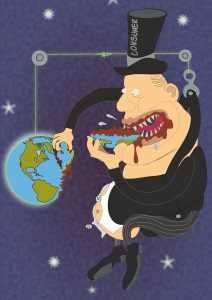Conservation Biology and Global Biodiversity
In the First Part, we will view the basic concept of biodiversity:
- Chapter 1: How much biodiversity is there?
- Chapter 2: How has biodiversity changed through time?
- Chapter 3: Where is biodiversity?
According to World Wildlife Fund (WWF), biodiversity is all the different kinds of life that we will find in one area including variety of animals, plants, fungi, and even microorganisms like bacteria. Biodiversity changes over time as extinction occurs and new species evolve. There are three levels of biodiversity: species, genetic and ecosystem diversity that work together to create the complexity of life on Earth.
Biodiversity is essential to supports human and societal needs, including food and nutrition, energy, development of medicines and pharmaceuticals, and also supports economic opportunities that contribute to overall wellbeing. However, biodiversity has been declining at an alarming rate in recent years, mainly due to human activities, such as land use changes, pollution and climate. This will cause human societies lack of the essence of what we need to survive. Thus we have to try our best to protect, prevent and preserve habitat and biodiversity loss.

The variety of living species on Earth (plants, animals, bacteria and fungi).

